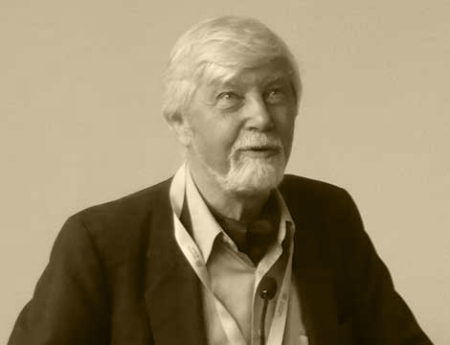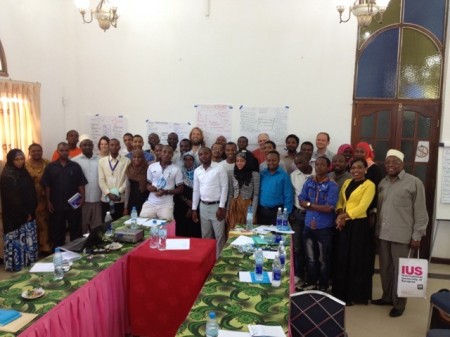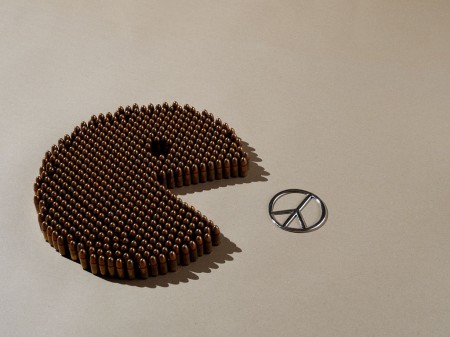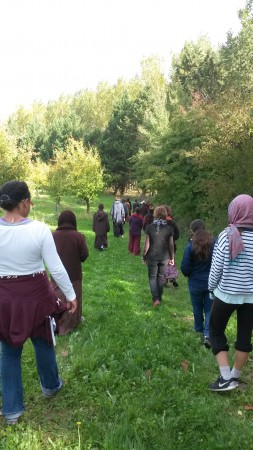
What are new avenues for research in international mediation? This question was discussed at the International Conference on Mediation, which took place in Basel, Switzerland, in June 2016. It was jointly organized by the Centre for Mediation in Africa (CMA) at the University of Pretoria, the Global South Unit for Mediation (GSUM) at the Catholic University of Rio de Janeiro, and swisspeace, which is an associated institute of the University of Basel.
The utility of the conference lay in its focus on two topics. First, trying to bridge the research–practice gap by having both mediation researchers and practitioners attend the event. Second, the conference sought to bridge the North-South gap by hosting researchers and practitioners from both the Global North and Global South, and thereby helping to rebalance the present research asymmetry that exists in the world.
By drawing on a variety of perspectives, the conference highlighted the following areas of research as being particularly relevant for the further development of the mediation field.




